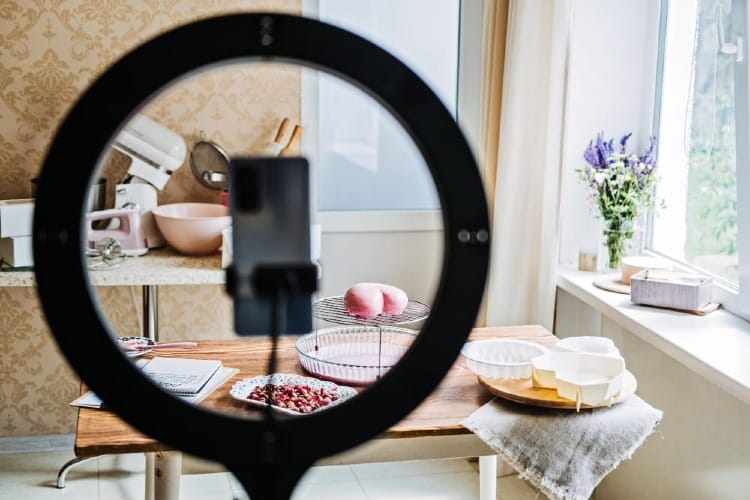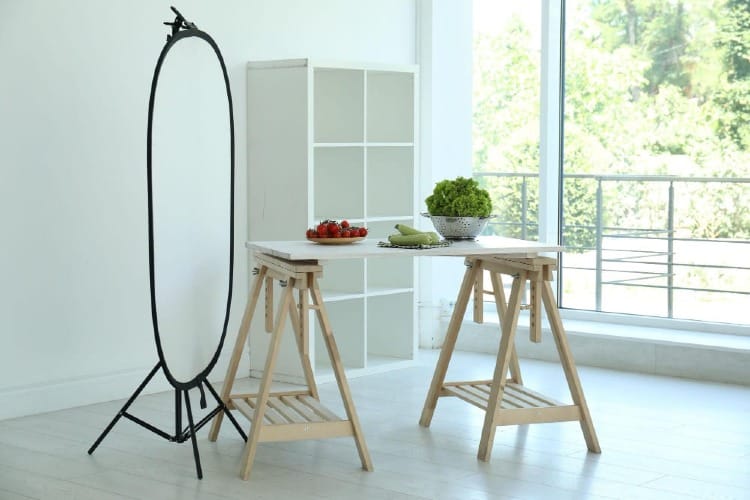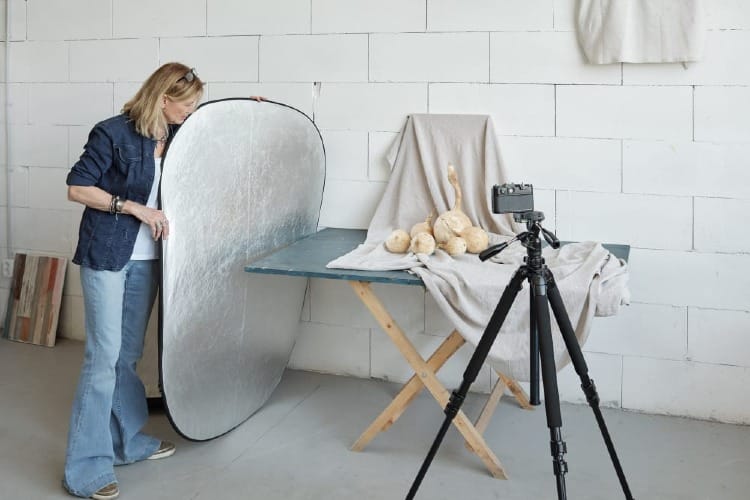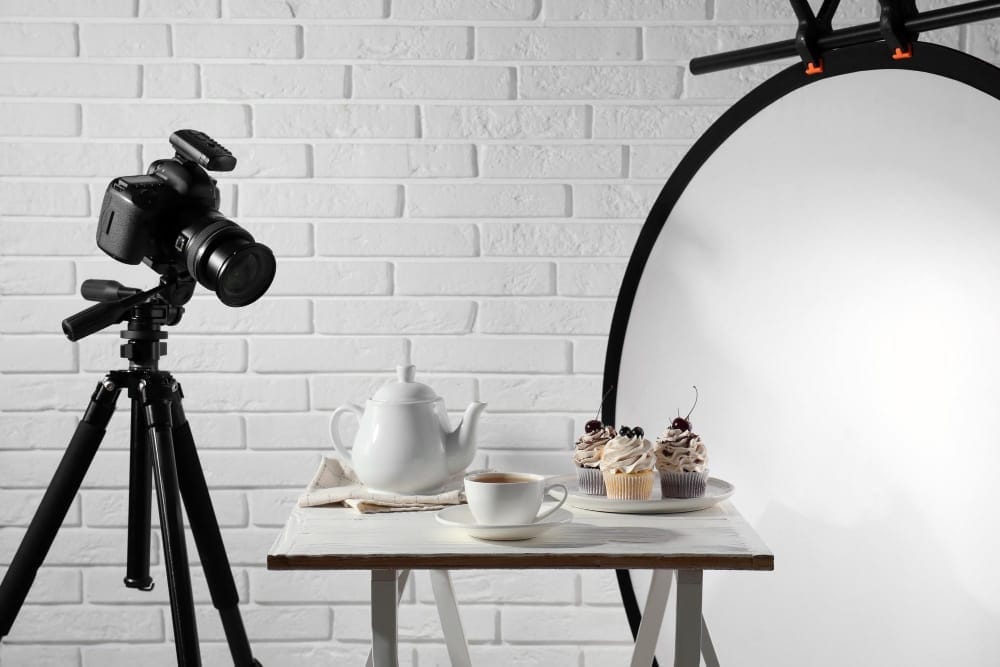Introduction: The Art of Still Life Photography on a Budget
Still life photography offers endless creative possibilities, allowing photographers to tell compelling visual stories through carefully arranged objects. While professional photography equipment can be expensive, creating stunning still life images doesn't need to drain your bank account. With some creativity and resourcefulness, you can achieve professional-quality results using affordable equipment and household items.
In this comprehensive guide, we'll explore how to create effective still life photography setups on a budget. From lighting solutions that cost next to nothing to affordable backgrounds and props that elevate your compositions, you'll discover that impressive still life photography is accessible to everyone, regardless of budget constraints.
Whether you're a beginner looking to start your photography journey without a significant investment or an experienced photographer seeking cost-effective alternatives, these budget-friendly setups and techniques will help you create visually striking still life images without the hefty price tag.
Essential Budget Equipment for Still Life Photography
Camera Options That Won't Break the Bank
You don't need an expensive full-frame camera to create beautiful still life images. Consider these budget-friendly options:
- Smartphone cameras: Modern smartphones offer impressive image quality, manual controls, and even portrait modes that simulate shallow depth of field. With proper lighting and composition, smartphone photography can yield professional-looking results.
- Entry-level DSLRs or mirrorless cameras: Consider purchasing a used or previous generation model. Cameras like the Canon EOS Rebel series or the Nikon D3500 offer excellent image quality at affordable prices. Even older models from 5-7 years ago can produce outstanding still life images, as this genre doesn't require the latest autofocus or high-speed shooting capabilities.
- Point-and-shoot cameras with manual controls: Some compact cameras offer manual mode and decent resolution, making them suitable for still life photography when paired with good lighting.

Budget-Friendly Lens Recommendations
For still life photography, you don't need a collection of expensive lenses:
- Kit lenses: The 18-55mm lens that comes with most entry-level DSLRs is perfectly capable of capturing still life photos. Stop down to f/8-f/11 for optimal sharpness.
- Affordable prime lenses: A 50mm f/1.8 lens (often called the "nifty fifty") is available for most camera systems at around $125-200 and offers excellent image quality and low-light performance.
- Extension tubes: These inexpensive accessories (starting at $20) allow your existing lenses to focus closer, providing macro-like capabilities without investing in an expensive macro lens.
- Close-up filters: These screw onto your existing lens like a filter and enable closer focusing. While not as optically perfect as dedicated macro lenses, they cost a fraction of the price.
DIY Tripod Alternatives
A stable platform is essential for sharp still life images, especially in lower light:
- Tabletop mini tripods: These compact tripods cost $15-30 and work well for still life setups on a table.
- Bean bags: Fill a small fabric bag with beans or rice to create a moldable camera support that can be placed on any surface.
- DIY stabilizers: Stack books or use other household items to create a stable platform. Combine with your camera's self-timer to prevent camera shake.
Budget Lighting Solutions for Still Life Photography
Natural Light Setups
The most affordable lighting option is right outside your window:
- Window light: Position your setup near a north-facing window (in the Northern Hemisphere) for soft, diffused light that's perfect for still life photography. South-facing windows provide stronger, more directional light.
- DIY reflectors: Use white foam board ($2-5 at craft stores), aluminum foil wrapped around cardboard, or even white printer paper to bounce light back into shadow areas. Black foam board can be used to create negative fill, increasing shadows for more dramatic contrast.
- Sheer curtains as diffusers: If your window light is too harsh, hang sheer curtains or attach white tissue paper to soften the light.

Affordable Artificial Lighting
When natural light isn't available, try these budget lighting options:
- Desk lamps: Use adjustable desk lamps with daylight-balanced bulbs (5000-5500K) to illuminate your still life scenes. Position one as your main light and another as a fill or rim light.
- Clamp lights: Available at hardware stores for $10-15, these versatile lights can be clamped to furniture or light stands and directed exactly where needed.
- LED light panels: Small LED panels have become affordable ($20-50) and provide even, controllable lighting with adjustable brightness.
- DIY softboxes: Create your own light diffusers using cardboard boxes lined with aluminum foil and covered with white paper or fabric for softer light.
- DIY light tents: Make a simple light tent using a cardboard box with the sides cut out and replaced with white tissue paper or fabric. This creates soft, even lighting for small objects.
Creating Professional Backgrounds on a Budget
Affordable Background Materials
Professional-looking backgrounds don't require expensive setups:
- Colored paper: Craft stores sell large sheets of colored paper for $1-2 that make excellent backgrounds. Neutral colors like white, black, and gray are versatile starting points.
- Foam boards: Available in various colors, these rigid boards ($3-5) provide a seamless background when curved.
- Fabric: Velvet, linen, and canvas make excellent textured backgrounds and can often be found as remnants for a few dollars at fabric stores.
- Vinyl flooring samples: These durable pieces often mimic wood, stone, or tile and can be obtained as samples for free or at minimal cost.
- Thrifted items: Old wooden cutting boards, trays, or tiles from thrift stores make characterful backgrounds for just a few dollars.
DIY Background Techniques
Create custom backgrounds with these simple techniques:
- Painted boards: Prime and paint MDF or plywood pieces in various colors and textures for custom backgrounds that look like worn surfaces or colored walls.
- Coffee or tea staining: Soak paper in coffee or tea to create vintage-looking backgrounds with warm, aged tones.
- Gradient backgrounds: Use spray paint to create subtle gradient backgrounds on poster board for a professional studio look.
- Contact paper: Adhesive contact paper in wood grain, marble, or other patterns provides a waterproof, reusable surface that photographs beautifully.
Props and Styling on a Shoestring Budget
Finding Affordable Props
The best props for still life photography can often be found for little to no cost:
- Household items: Kitchen utensils, glassware, books, and decorative objects you already own make excellent still life subjects.
- Natural elements: Flowers, leaves, branches, and stones collected from your garden or local parks cost nothing and add organic beauty to compositions.
- Thrift stores and garage sales: These are treasure troves for unique, characterful objects at minimal prices. Vintage items with patina add interest to compositions.
- Food items: Fruits, vegetables, spices, and baked goods not only look appealing but can be consumed after the shoot.
DIY Styling Tools
Professional food and product stylists often use simple tools you can make yourself:
- Support systems: Use modeling clay or poster putty ($2-3) to position objects precisely or hold items in place.
- Spray bottles: Create water droplets on surfaces for that fresh, dewy look.
- DIY light blockers (flags): Create small pieces of black cardboard or foam board to block light selectively, adding contrast and dimension.
- Tweezers and cotton swabs: Essential for micro-adjustments and cleaning surfaces, these inexpensive tools are photography essentials.

Post-Processing for Budget Still Life Photography
Free and Low-Cost Editing Software
Professional-looking images don't require expensive software:
- GIMP: This free, open-source alternative to Photoshop offers powerful editing capabilities.
- Darktable: A free alternative to Lightroom with extensive processing options.
- Snapseed: A powerful free editing app for smartphone photographers.
- Affinity Photo: A one-time purchase alternative to subscription-based editing software, often available for $30-50 during sales.
Essential Editing Techniques for Still Life
Focus on these key adjustments to enhance your still life images:
- Cropping: Refine your composition to eliminate distractions.
- Exposure and contrast adjustments: Balance the light and dark areas of your image.
- White balance correction: Ensure accurate color representation, especially important for food and product photography.
- Spot removal: Clean up dust spots or imperfections.
- Selective adjustments: Learn to enhance specific areas without affecting others.
Creative Budget Still Life Project Ideas
Product Photography Practice
Improve your skills with these accessible projects:
- Beverage photography: Practice with water, tea, or coffee in different glasses with simple backdrops.
- Food styling: Arrange simple meals or ingredients on affordable backgrounds.
- Jewelry display: Photograph accessories against textured fabrics or papers.
Artistic Still Life Concepts
Explore your creative vision with these budget-friendly projects:
- Monochromatic studies: Create compositions using objects of a single color.
- High-key and low-key lighting: Practice different lighting techniques using the same objects.
- Themed collections: Gather objects around a concept (vintage, minimalist, natural) and create a series.
Conclusion: Excellence Without Extravagance
Still life photography exemplifies how creativity and skill matter more than expensive equipment. By leveraging the budget-friendly techniques and setups described in this guide, you can create professional-quality images that showcase your artistic vision without financial strain.
The beauty of still life photography lies in its accessibility—with window light, simple backgrounds, and thoughtful composition, you can create stunning images using even the most basic equipment. As you progress in your photography journey, you can gradually invest in equipment as needed, knowing exactly what tools will benefit your specific style.
Remember that many of history's greatest still life painters created masterpieces with the simplest of tools. In photography, as in painting, it's your eye for composition, understanding of light, and creative vision that truly make an image exceptional, not the price tag of your equipment.
Start creating with what you have, focusing on mastering the fundamentals of light, composition, and storytelling. Your budget constraints may well become the creative catalyst that pushes you to develop innovative solutions and a distinctive visual style.
FAQs: Budget Still Life Photography
- Can I create professional still life photos with just a smartphone? Yes! With good lighting, composition, and simple backgrounds, smartphones can produce excellent still life images. Use the portrait mode for background blur and editing apps to refine your shots.
- What's the most important investment for still life photography on a budget? Good lighting is your priority, which can be free if you use window light effectively. After that, stable support for your camera and some versatile background materials will significantly improve your images.
- How can I achieve the blurred background look without an expensive lens? Use a longer focal length, position your subject farther from the background, get closer to your subject, and use the widest aperture your lens allows. Even kit lenses can create pleasing background blur with a proper setup.
- What household items make good still life photography backgrounds? Baking sheets, wooden cutting boards, tile samples, textured placemats, old painted boards, and solid-colored bedsheets all make excellent backgrounds.
- How can I improve my still life photography without buying any new equipment? Focus on composition, using interesting angles, experimenting with different lighting times of day, and refining your editing skills. Study the works of still life masters for inspiration and compositional ideas.
Note: This blog post contains affiliate links. If you click on an affiliate link and make a purchase, we may earn a small commission at no extra cost to you.


